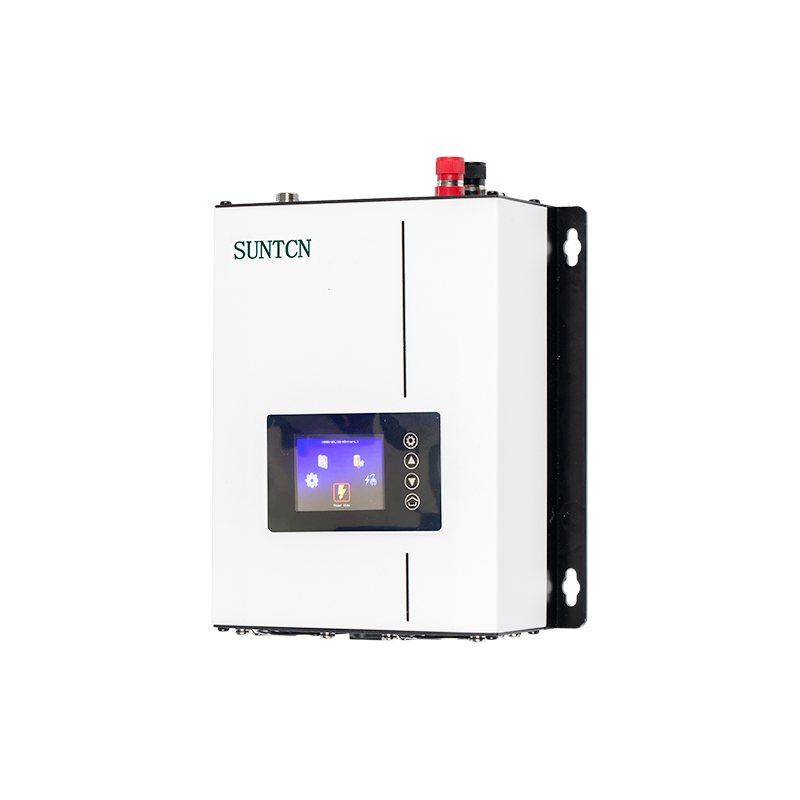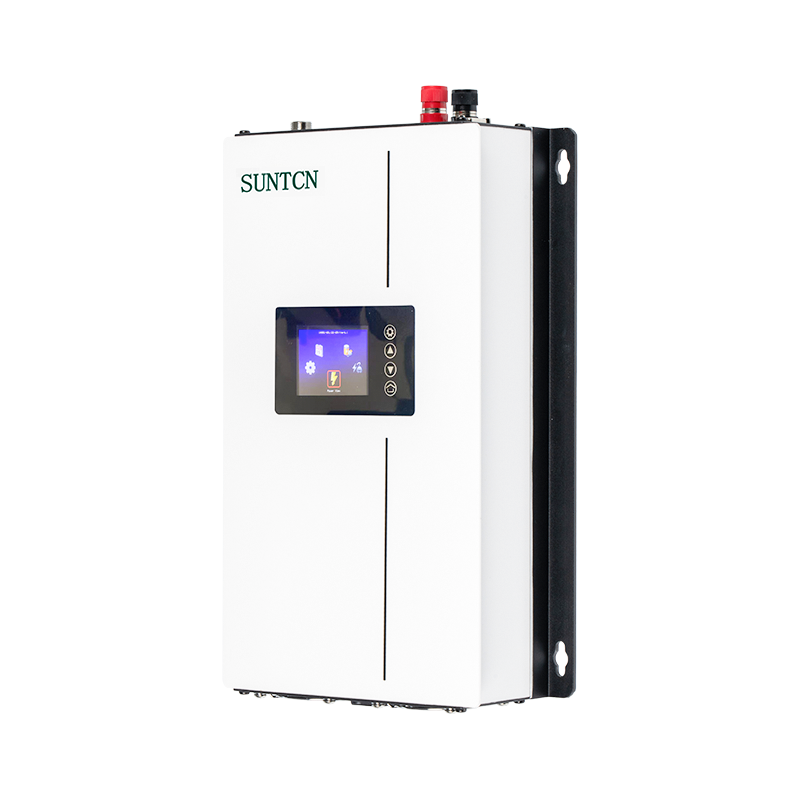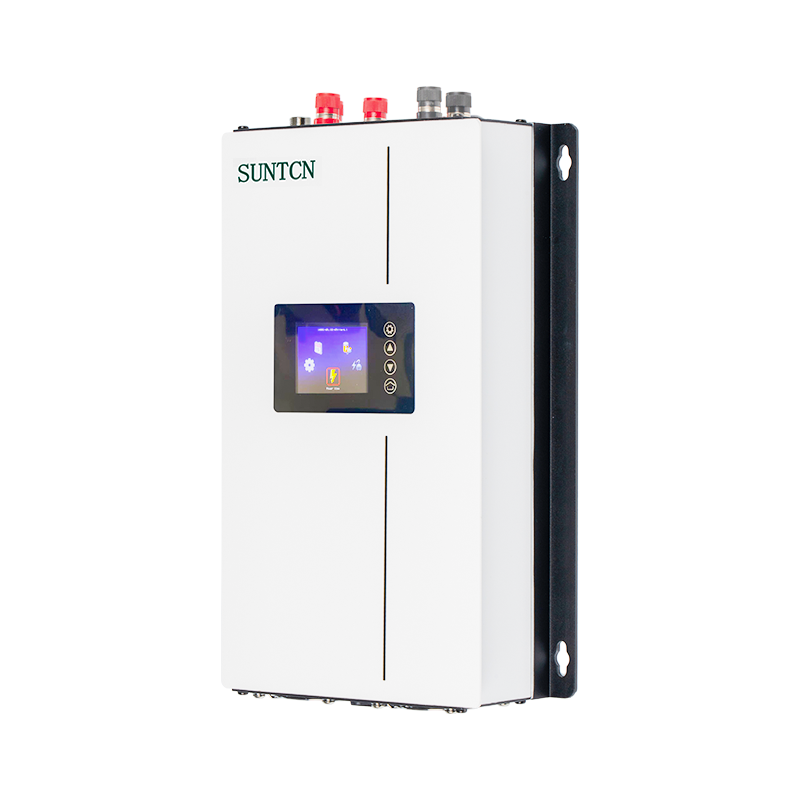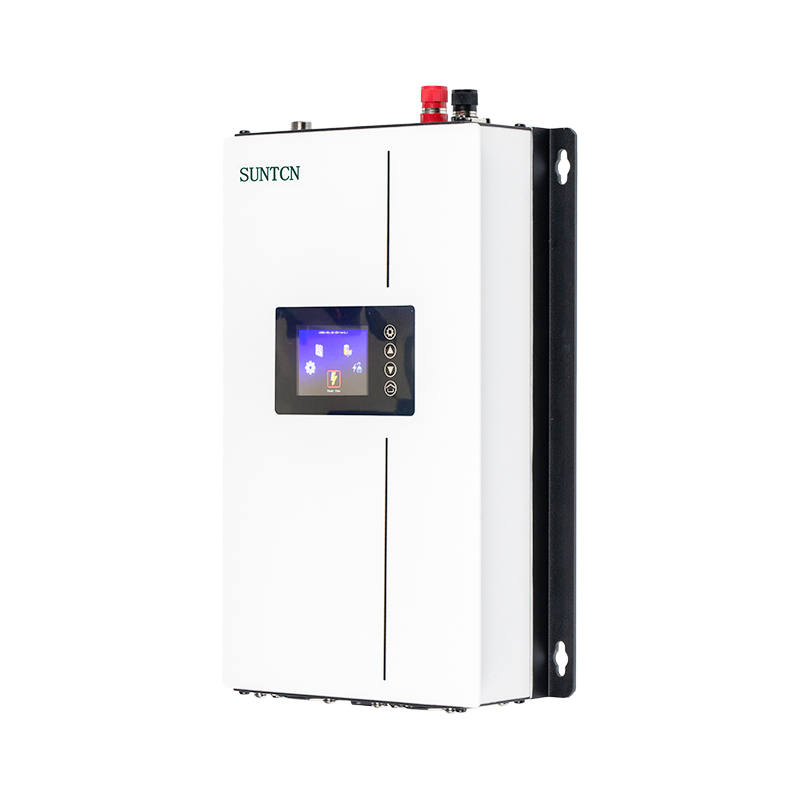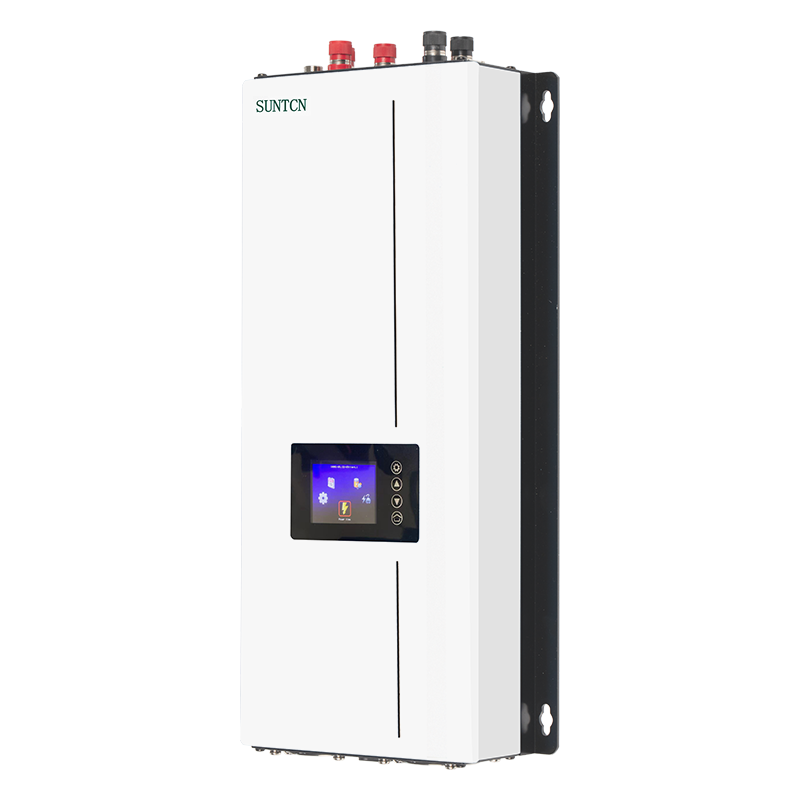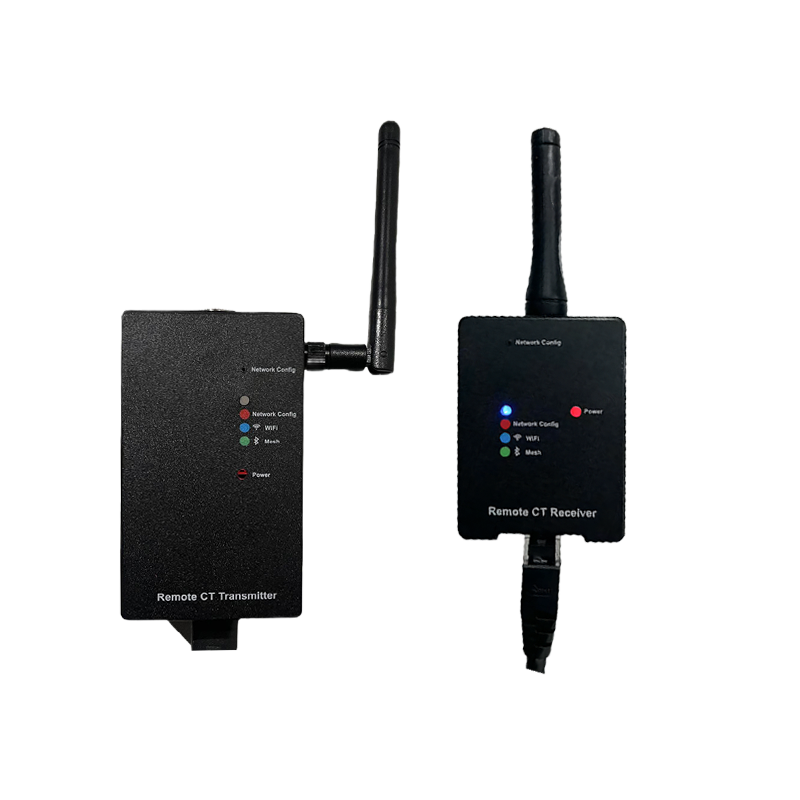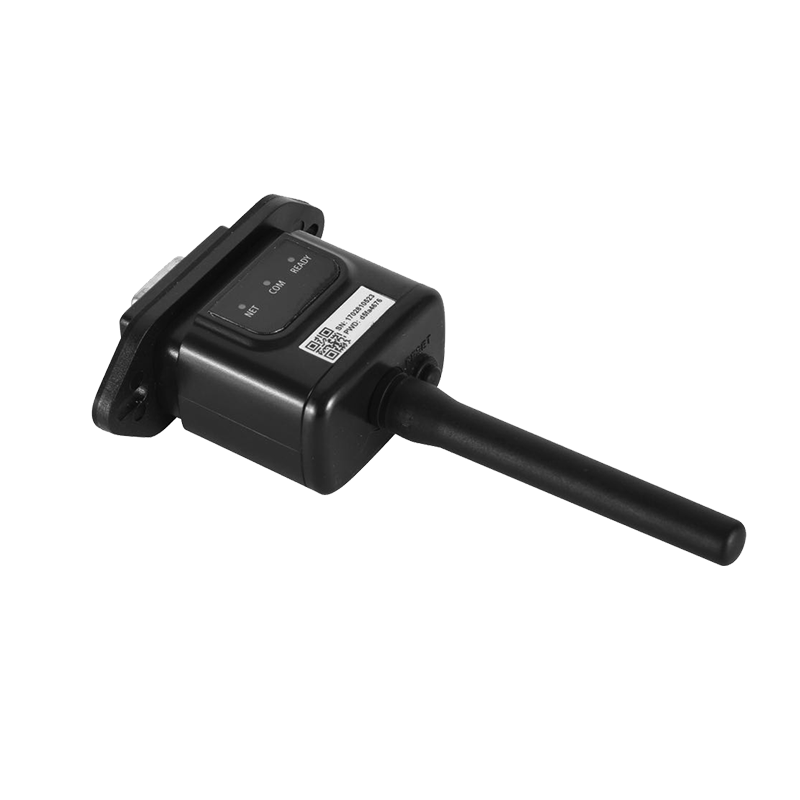With the growing global demand for renewable energy, wind energy, as a clean and sustainable form of energy, is being widely used in power generation. In wind power generation systems, a crucial device is the wind turbine grid-connected inverter. It not only realizes the efficient connection between wind turbines and the public power grid, but also is the core device to ensure the quality of power and improve energy utilization.
Wind-Turbine Grid Tie Inverter (wind turbine grid-connected inverter), referred to as grid-connected inverter, is a power electronic device that converts the direct current or non-standard alternating current generated by wind turbines into alternating current that meets the national grid standards and transmits it to the grid safely and efficiently.
In wind power generation systems, wind energy generates electricity by driving generators through wind turbines, but due to unstable wind speed, the generated voltage and frequency often fluctuate greatly and cannot be directly connected to the grid for use. The grid-connected inverter is the key equipment to solve this problem. It can achieve stable output and intelligent regulation of electric energy, making wind power generation more reliable and efficient.
A typical wind power grid-connected system consists of a wind turbine, generator, rectifier, inverter and control system:
Conversion of wind energy into electrical energy: wind drives the blades to rotate, driving the generator to generate AC power;
Rectification processing: the generated AC power is converted into DC power by the rectifier;
Inverter grid connection: the grid-connected inverter converts DC power into standard AC power (usually 50Hz or 60Hz, 220V/380V) synchronized with the grid;
Intelligent control and protection: the built-in control system monitors parameters such as voltage, frequency, power, etc. in real time to ensure the quality of power, and automatically disconnects in abnormal situations to ensure the safety of equipment and the grid.
Core advantages of Wind-Turbine Grid Tie Inverter
High conversion efficiency: Modern inverters use advanced IGBT modules and MPPT technology, and the conversion efficiency can reach more than 95%;
Intelligent grid-connected management: It has functions such as automatic start and stop, island detection, voltage and frequency regulation;
Strong compatibility: It supports various types of wind turbines and adapts to wind farms of different sizes;
Good environmental adaptability: It has dustproof, waterproof, high temperature resistance and other characteristics, suitable for outdoor complex environments;
Remote monitoring function: It can be connected to the monitoring center through the communication interface to achieve remote operation and maintenance management.
Wide application scenarios
Large wind farms: In centralized wind power generation projects, inverters are used to connect the power of multiple wind turbines to the main power grid;
Distributed wind power generation: Small wind power systems in remote areas such as rural areas and islands can achieve "self-generation and self-use, surplus power to the grid" through grid-connected inverters;
Wind-solar complementary system: Combined with solar photovoltaic systems to form a hybrid energy power supply network;
Microgrids and smart grids: As clean energy access points, they support the construction of a green and low-carbon smart energy system.
Wind-Turbine Grid Tie Inverter is an important bridge connecting wind power generation and the public power grid. Its performance directly affects the efficiency and stability of the entire wind power system. With the continuous development of power electronics technology and intelligent control technology, future grid-connected inverters will evolve towards higher efficiency, greater intelligence, and greater integration.
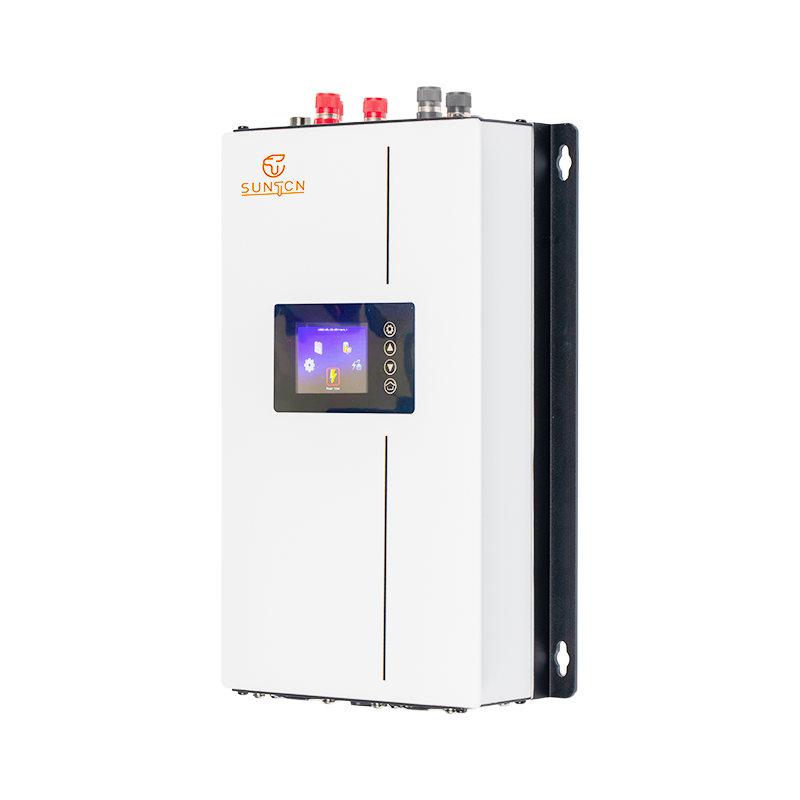

 English
English Español
Español Deutsch
Deutsch